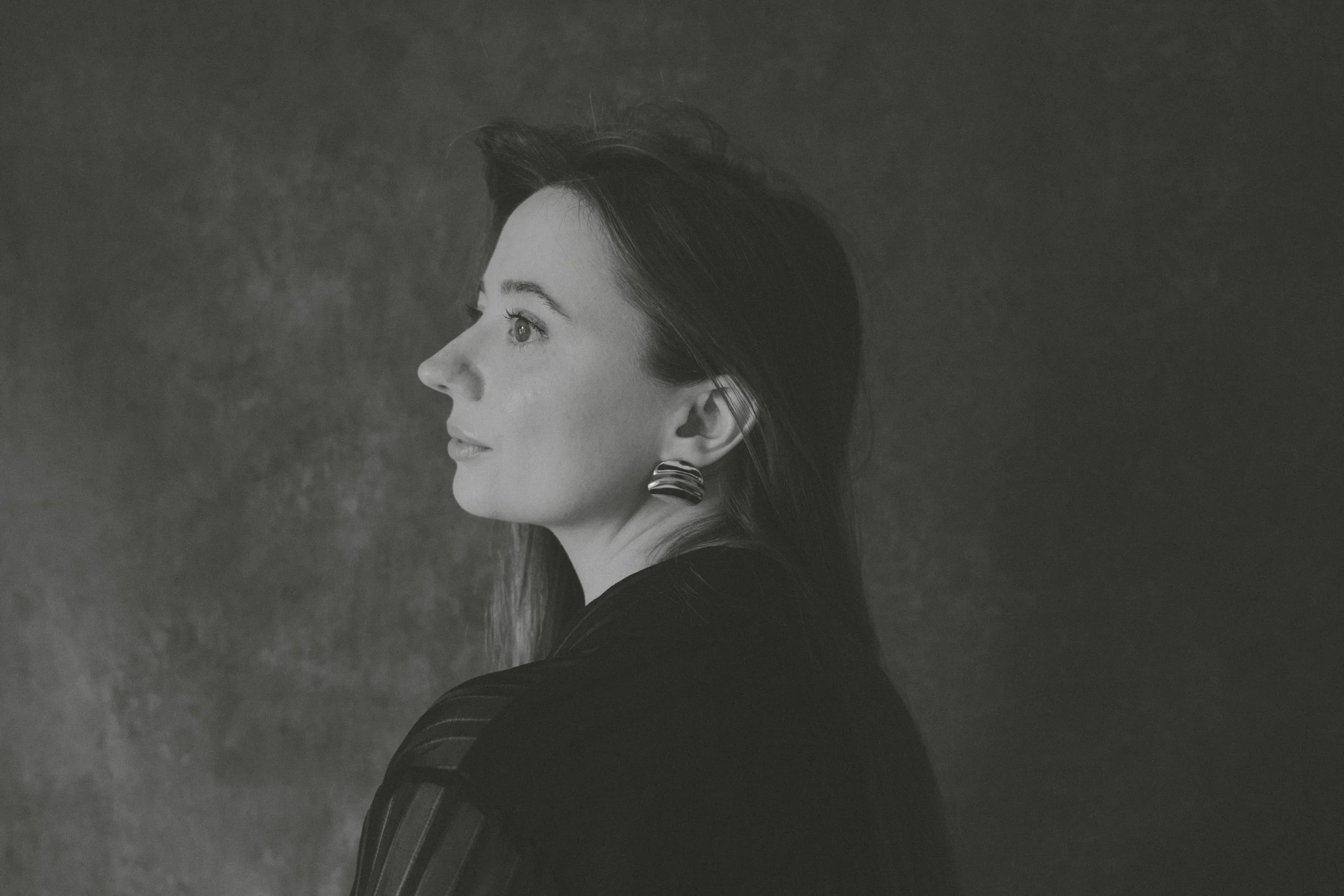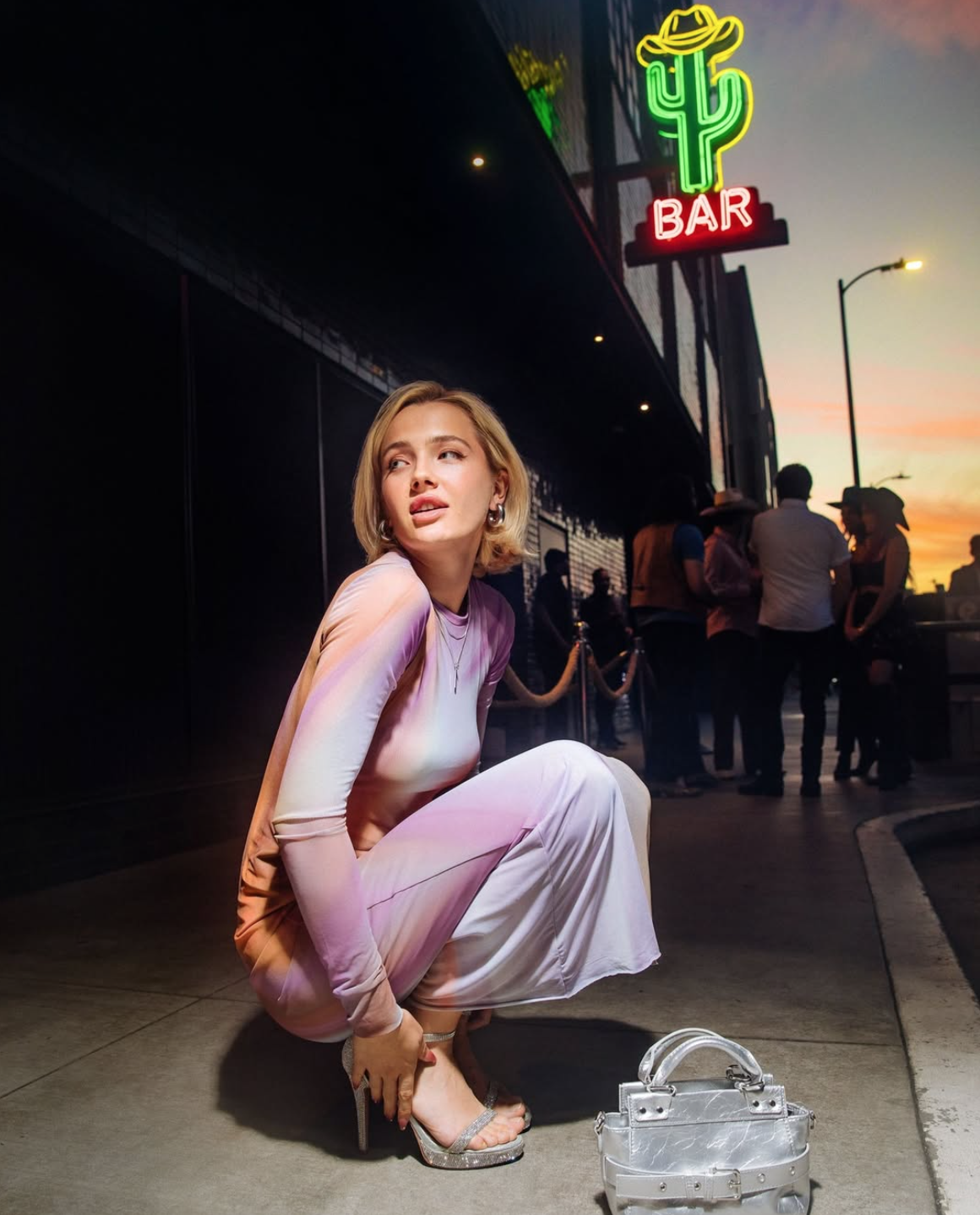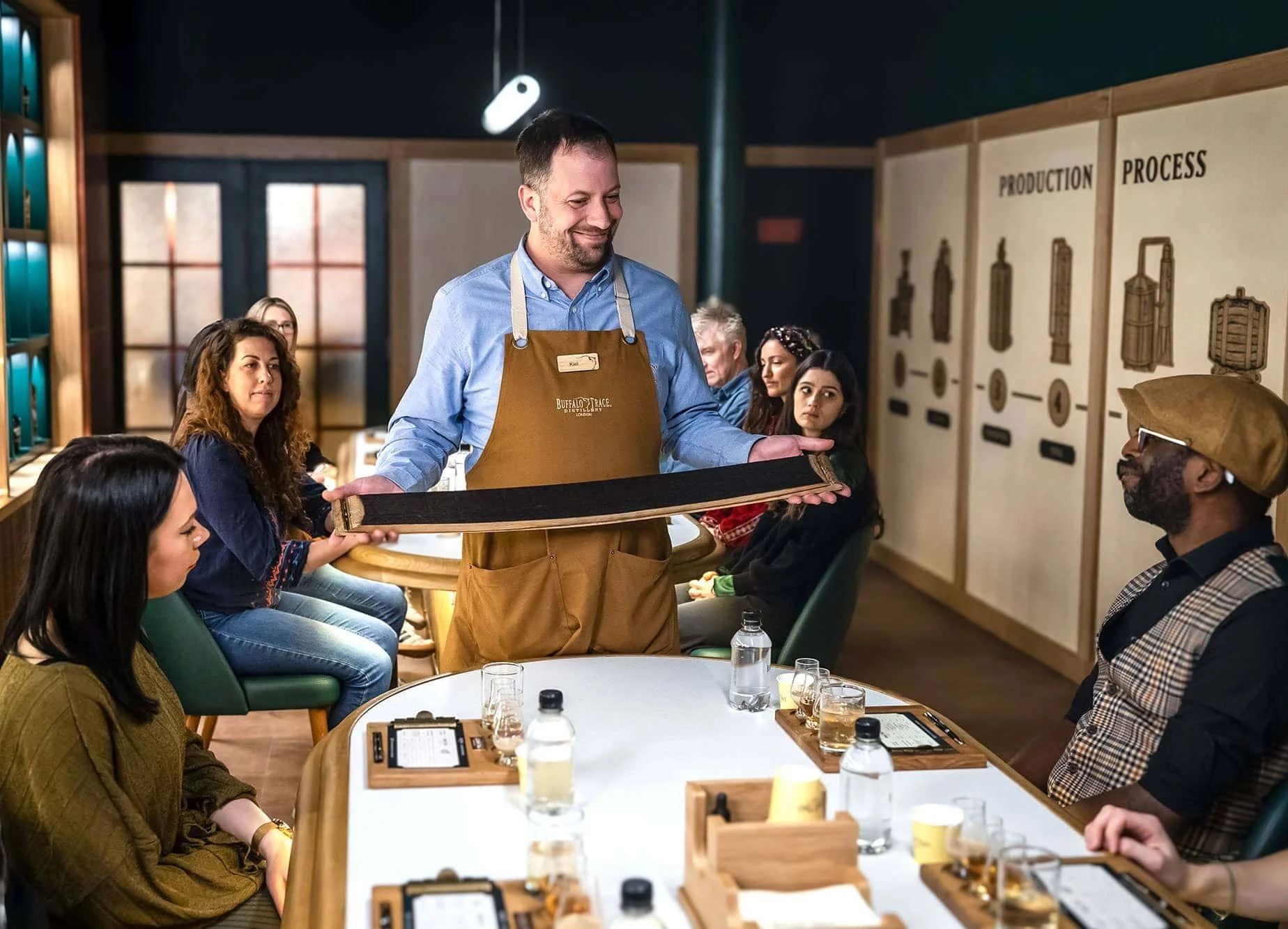Rudi Petry
Brand & Creative Strategist ⟡ Hospitality, F&B, Tourism, Residential & Real Estate Development, Retail ⟡ Copywriting, Naming, Guest Experience, Naming, Audience Research, Art Direction, & Content Strategy
I'm Rudi, a strategist and creative based on the east coast. 10 years of design> Masters in Branding> Hospitality brand strategy in NYC
Ruthless optimist.
Select Strategy Projects
A full rebrand for Hollywood Volume, an LA hotel with infamous venues who needed a sensational brand to match
Rebranding Zoetry Resorts & Spas and crafting a comprehensive guest experience to help them bring exceptional boutique wellness experiences to the all-inclusive resort format
Re-aligning a beloved restaurant’s strategy with the chef’s past and future—evolving the name and visuals just in time for new locations in Santa Monica and Las Vegas
Buffalo Trace, a Kentucky bourbon legend looking to captivate and delight London audiences with their first international tasting room
Other Select Clients
Marriott Autograph Collection
Hyatt IHG Collection
Buffalo Trace
Sunday Riley
Chardon Houston
Tishman Speyer
The Mina Group
Harvest Inn Napa Valley
Walmart
Verizon
Capital One
Ponysaurus Brewing Company
Latest Project
Producing a short film in Durham, NC with Darryl and the gang at High Dive Studios





